The UN health agency now ranks air pollution on a par with smoking or an unhealthy diet. As a result, it has issued new, stricter guidelines they claim could save millions of lives.
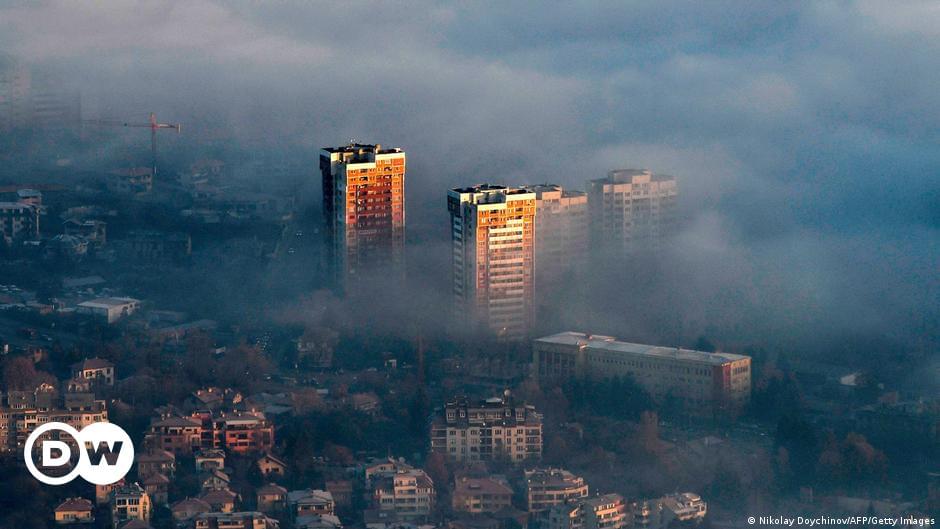

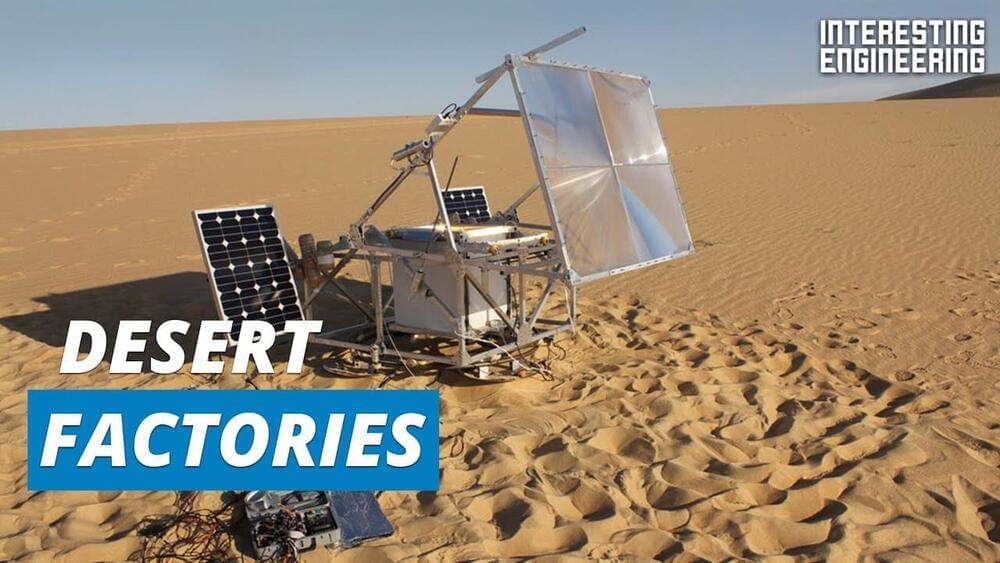
https://youtube.com/watch?v=YYgG2a-_2po
We all know glass comes from sand but we don’t always get to see this process in action. In this video, we bring you footage of a solar-powered 3D printer that makes glass sculptures out of sand. Impressed? Just wait till you see the clips.
The 3D printer is called Solar Sinter and it was built by Markus Kayser. It works in the following way: after computer-drawn models are loaded into the machine, a large Fresnel lens beams sunlight onto a sandbox which leads to high temperatures of 2,552–2,912 F (1,400–1,600 C).
This extreme heat allows the sand to melt and become malleable enough to be molded into beautiful glass sculptures. The machine was first put to the test in the Sahara Desert. You can guess that the desert’s conditions allowed the 3D printer to perform to perfection.

2021 is only halfway complete, and we cannot yet be said to have defeated the pandemic, but yet at the same time, the travel and tourism industry is said to be poised for a pretty rapid boom. In many ways and places, the recovery has already begun.
A live Globaldata poll showed that people are desperate to enjoy travels and trips again with a majority of them opting for longer trips than before. 26% of their respondents showed a desire to enjoy trips that spanned a minimum of 10 nights. As lockdowns and travel restrictions continue to be eased and countries continue to open up, we will likely see a surge in new tourists and travelers.
Jason Fong, a veteran of the industry, is the brain behind the Boss of Bali brand, a brand that has garnered over 2 million followers on Instagram. Fong shared his knowledge of all things tourism and how he has used his platform to promote the evolution of travel and tourism more sustainably.
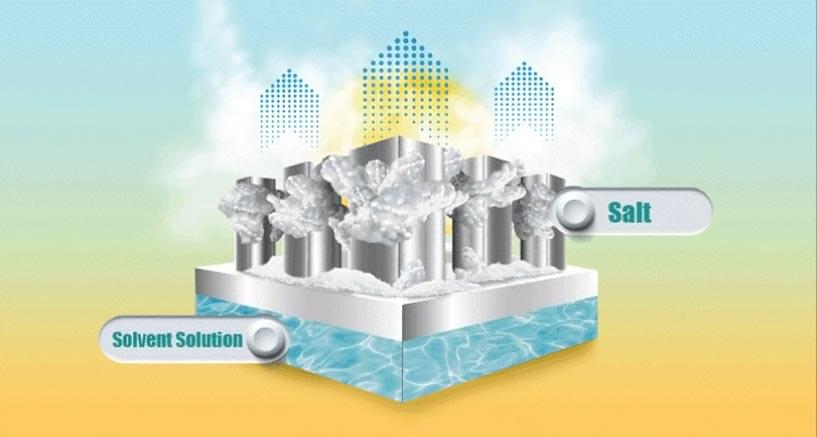
A simple cooling system driven by the capture of passive solar energy could provide low-cost food refrigeration and living space cooling for impoverished communities with no access to the electricity grid. The system, which has no electrical components, exploits the powerful cooling effect that occurs when certain salts are dissolved in water. After each cooling cycle, the system uses solar energy to evaporate the water and regenerate the salt, ready for reuse.
“Hot regions have high levels of solar energy, so it would be very attractive to use that solar energy for cooling,” says Wenbin Wang, a postdoc in Peng Wang’s lab. In many parts of the world, there is a greater need for cooling because of climate change, but not every community can access electricity for air conditioning and refrigeration. “We conceptualized an off-grid solar-energy conversion and storage design for green and inexpensive cooling,” Professor Wang says.
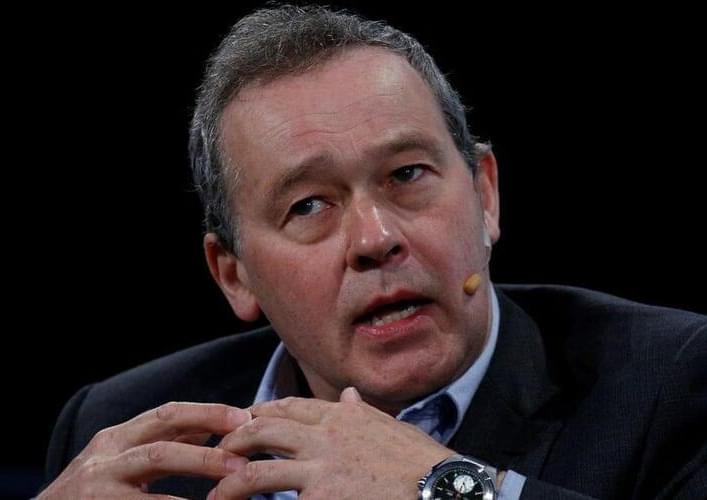
While most automakers are laser-focused on improving their batteries, the CEO of EV startup Lucid Motors says the battery pack is “totally overrated.”
Tesla has unveiled its latest structural battery pack with 4,680 cells during a Gigafactory Berlin tour ahead of Model Y production at the new factory. The start of production at Gigafactory Berlin is not just significant for Tesla’s growth in Europe, but it will also mark the launch of an important new version of the […].
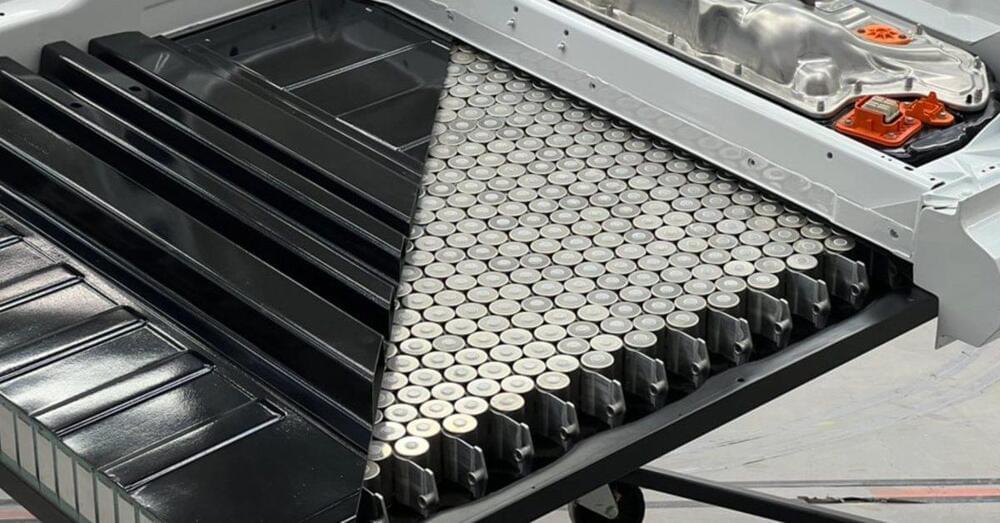
Tesla has unveiled its latest structural battery pack with 4,680 cells during a Gigafactory Berlin tour ahead of Model Y production at the new factory.
The start of production at Gigafactory Berlin is not just significant for Tesla’s growth in Europe, but it will also mark the launch of an important new version of the Model Y. Tesla plans to build the new Model Y at Gigafactory Berlin on a whole new platform with its structural battery pack.
Earlier this year, Electrek obtained the first image of a Tesla structural battery pack prototype.
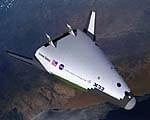
Circa 2009
The futuristic thought of antimatter that is typically related to sci-fi movies may one day be able to provide propulsion to vehicles. Antimatter, is an exact oppposite copy of matter. Identical to matter, but with its electrical charge completely opposite of the original matter. Think of a battery with a positive and negative pole. The positive pole repsresenting matter, and the negative pole representing antimatter.
Antimatter is the exact oposite of matter. A definition as provided by Wikipedia concludes that antimatter is composed of antiparticles in the same way that normal matter is composed of particles. For example, an antielectron (a positron, an electron with a positive charge) and an antiproton (a proton with a negative charge) could form an antihydrogen atom in the same way that an electron and a proton form a normal matter hydrogen atom. Furthermore, mixing matter and antimatter would lead to the annihilation of both in the same way that mixing antiparticles and particles does, thus giving rise to high-energy photons (gamma rays) or other particle–antiparticle pairs.
Seems like a bunch of info for the physicists out there. But where does antimatter come in for vehicle propulsion and how does it apply to electric vehicles. The violent explosion created when matter and anitmatter collide results in considerable energy in the form of movement of protons and electrons similar to the proces of electricity moving, though at a signifacntly higher rate. This explosion, if harnessed correctly could provide thrust to a vehicle.

Professor Hasselmann developed a method for satellite ocean wave measurements.
This year’s Nobel Prize in Physics laureate Klaus Hasselmann helped to shape a ground-breaking Earth-observation mission that paved the way for the modern study of our planet’s environment.
The German oceanographer and climate modeler was awarded the coveted prize for his contribution to the physical modeling of Earth’s climate that has enabled scientists to quantify the climate’s natural variability and better predict climate change. Hasselman won half of the 2021 Nobel Prize for Physics last week, with the other half shared by scientists Syukuro Manabe and Giorgio Parisi for their own research on disorder and fluctuations in physical systems.
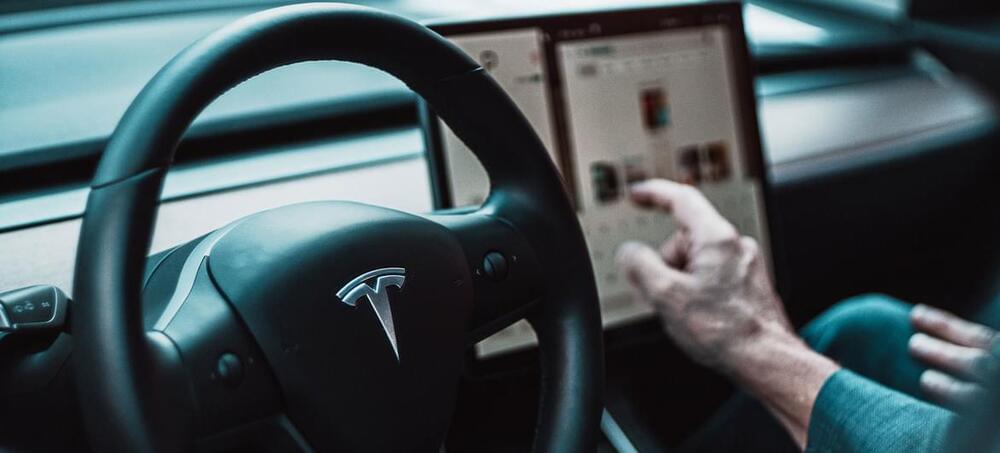
The Sustainable Development Goals (SDGs) include a call for action to halve the annual rate of road deaths globally and ensure access to safe, affordable, and sustainable transport for everyone by 2030.
According to the newly launched initiative, faster progress on AI is vital to make this happen, especially in low and middle-income countries, where the most lives are lost on the roads each year.
According to the World Health Organization (WHO), approximately 1.3 million people die annually as a result of road traffic crashes. Between 20 and 50 million more suffer non-fatal injuries, with many incurring a disability.
Full Story:
A woman rushes across a busy road in Brazil., by PAHO
AI can help in different ways, including better collection and analysis of crash data, enhancing road infrastructure, increasing the efficiency of post-crash response, and inspiring innovation in the regulatory frameworks.
This approach requires equitable access to data and the ethical use of algorithms, which many countries currently lack, leaving them unable to identify road safety solutions.
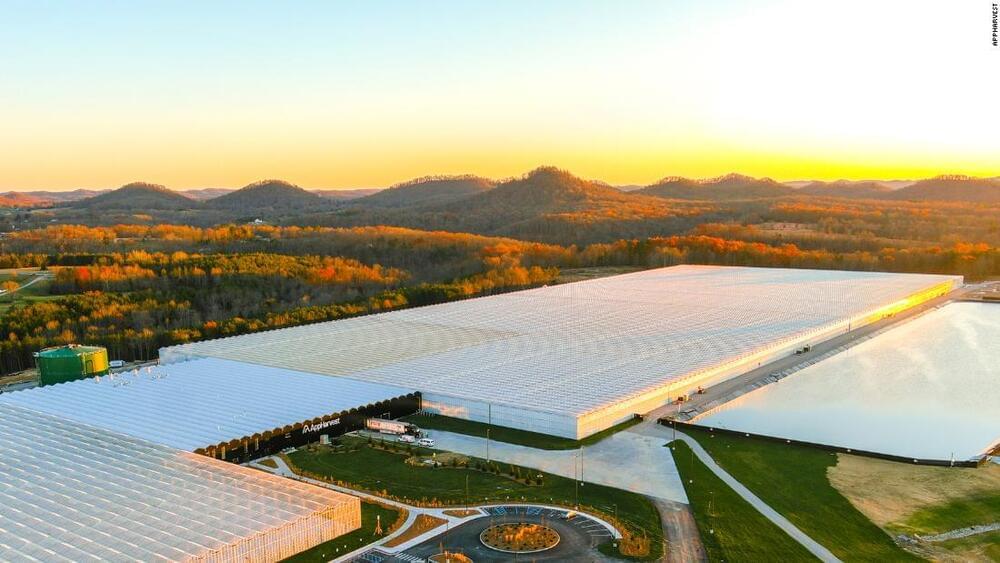
As well as high-tech greenhouses, vertical farms, where food is grown indoors in vertically stacked beds without soil or natural light, are growing in popularity. NextOn operates a vertical farm in an abandoned tunnel beneath a mountain in South Korea. US company AeroFarms plans to build a 90,000-square-foot indoor vertical farm in Abu Dhabi, and Berlin-based Infarm has brought modular vertical farms directly to grocery stores, growing fresh produce in Tokyo stores.
AppHarvest says its greenhouse in Morehead, Kentucky, uses robotics and artificial intelligence to grow millions of tons of tomatoes, using 90% less water than in open fields.